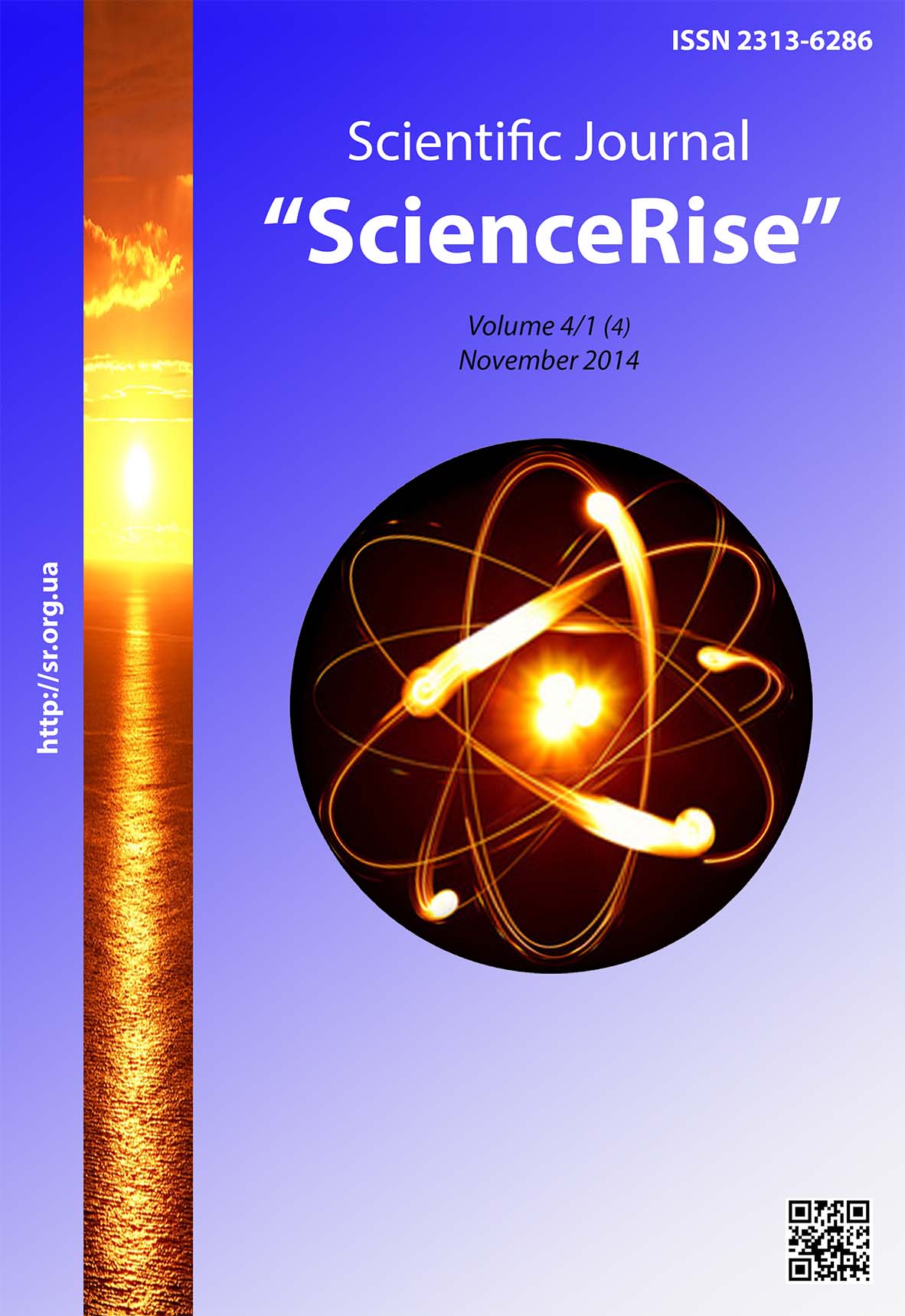Traitement du fourrage par des enzymes comportant un ensemble des cellulases pour l’amelioration de leur valeur alimentaire
DOI:
https://doi.org/10.15587/2313-8416.2014.28766Ключевые слова:
cellulases, xylanase, glucose, activité – FPU, Fennellia sp. 2608, traitement préliminaire, fourrageАннотация
Les cellulases se caractérisent par un large champ de leur application dans les différentes industries, comme celle de textile, alimentaire et en papeterie. On les utilise largement en agriculture, notamment pour la production du fourrage afin d’améliorer leur valeur alimentaire. Ce travail montre les données concernant les méthodes d’augmentation du débit des enzymes de cellulase synthésés par le micromycète Fennalia sp. 2608.
Библиографические ссылки
1. Karmakar, M., Ray, R., Res, J. (2011). Current trends in research and application of microbial cellulases. Microbiol., 4 (6), 41–53. doi: 10.3923/jm.2011.41.53
2. Sheveluha, E. A. (2004). Аgricultural biotechnology. Higher School, 265.
3. Cheshkova, A. V. (2007). Using bioprocess at finish mixture of fabrics and claps chemical fibers. Сhemical fiber, 4, 52 – 54.
4. Daison, B. J., Konnely, K. (2012). Biocatalytic conversion of lignocellulose to platform chemicals. Biotechnology, 43, 13–21.
5. Kumar, D., Murthy, G. S. (2013). Stochastic molecular model of enzymatic hydrolysis of cellulose for ethanol production. Biotechnology for Biofuels, 6 (63), 20.
6. Beguin, P., Aubert, P. (2005). The biological degradation of cellulose. FEMS Microbiol. Rev., 14 (3), 5–58.
Загрузки
Опубликован
Выпуск
Раздел
Лицензия
Copyright (c) 2014 Yulia Nekleva, Viktoriya Krasinko, Sergiy Syrchin

Это произведение доступно по лицензии Creative Commons «Attribution» («Атрибуция») 4.0 Всемирная.
Наше издание использует положения об авторских правах Creative Commons CC BY для журналов открытого доступа.
Авторы, которые публикуются в этом журнале, соглашаются со следующими условиями:
1. Авторы оставляют за собой право на авторство своей работы и передают журналу право первой публикации этой работы на условиях лицензии Creative Commons CC BY, которая позволяет другим лицам свободно распространять опубликованную работу с обязательной ссылкой на авторов оригинальной работы и первую публикацию работы в этом журнале.
2. Авторы имеют право заключать самостоятельные дополнительные соглашения, которые касаются неэксклюзивного распространения работы в том виде, в котором она была опубликована этим журналом (например, размещать работу в электронном хранилище учреждения или публиковать в составе монографии), при условии сохранения ссылки на первую публикацию работы в этом журнале .

